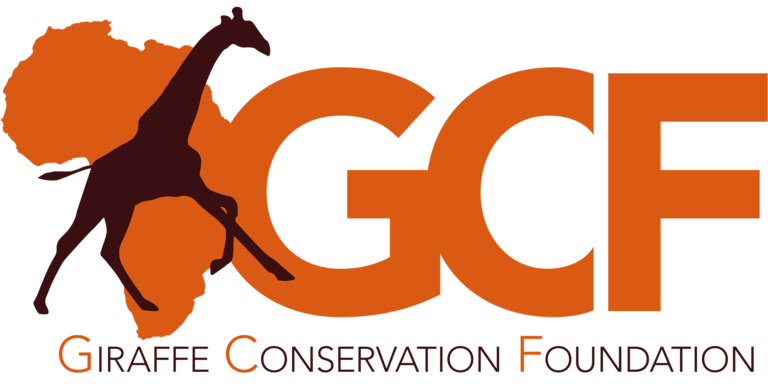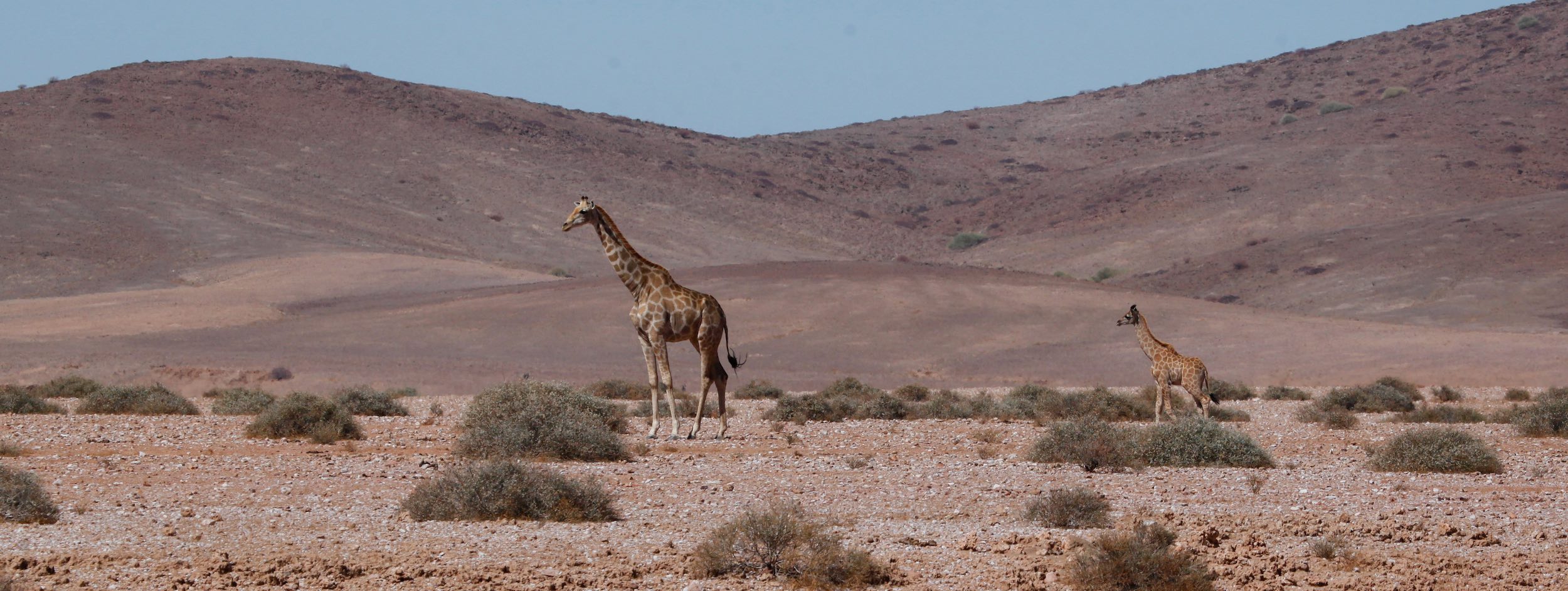
Namibia at the forefront of
Giraffe Conservation
By Giraffe Conservation Foundation
8th August 2020
Most people love seeing giraffes in the wild, but many tend to think that these animals have no particularly interesting attributes. How wrong they are. There are many fascinating things to learn about giraffes – did you know that they can gallop at up to 50 kilometres per hour, that their tongues can be as long as 53 centimetres, that an adult’s heart can weigh up to 11 kilograms, and that their horns are called ossicones? These are just the basics – the more we know about giraffes the more we realise how much more we still have to discover.
Good conservation is based on detailed knowledge of the species we want to conserve. Yet startlingly little is known about the giraffe, despite its status as an iconic animal that tops the must-see list of many visitors to the African continent. Furthermore, conservationists only recently realised that many giraffe populations throughout Africa are in trouble: there are only about 111,000 giraffes remaining in the wild – only a quarter of the number of African elephants. Yet the plight of the giraffe has gone largely unnoticed by the general public. Until now.
It all began in 1999 while Julian Fennessy was doing his PhD research on the desert-dwelling Angolan giraffe in the remote catchment area of the Hoanib River in north-western Namibia. His research prompted further questions that had not been answered by other scientists, revealing just how under-studied giraffes are compared to other large mammal species. During this time, the plight of giraffes in other parts of Africa was slowly coming to light, prompting urgent conservation action. Dr Julian and Stephanie Fennessy therefore established the Giraffe Conservation Foundation (GCF) - the only organisation in the world that concentrates solely on the conservation and management of giraffes in the wild throughout Africa. Currently working in 15 countries with all four species of giraffe, their goal is simple: to secure a sustainable future for all giraffe populations in the wild.

GCF has expanded Dr Fennessy’s initial work in north-western Namibia which aims to better understand the giraffe populations and their interaction with other wildlife, livestock and people. The geographical scope of these surveys spans 30,000 km², from the Hoanib River near Sesfontein in the Kunene Region to the border with Angola. This has become the longest-running ecological monitoring study of giraffes in Africa.
This particular part of Namibia is extraordinary. It is a hot desert environment that experiences an average rainfall of only 150 millimetres (rain may not fall at all during years of severe drought). It is an area that does not seem hospitable for animals such as giraffes. But, like many other highly adaptable wild animals, giraffes have found a way to survive and even thrive in this harsh desert environment. The key to the giraffe’s existence in the area is the presence of wide, winding ephemeral rivers that provide abundant food and occasional water. Furthermore, giraffes in the desert start eating early in the morning so they can make use of the dew that regularly settles on trees and bushes. Throughout the first seven years of his study, Julian never observed a giraffe drinking – they quenched their thirst solely with dew.
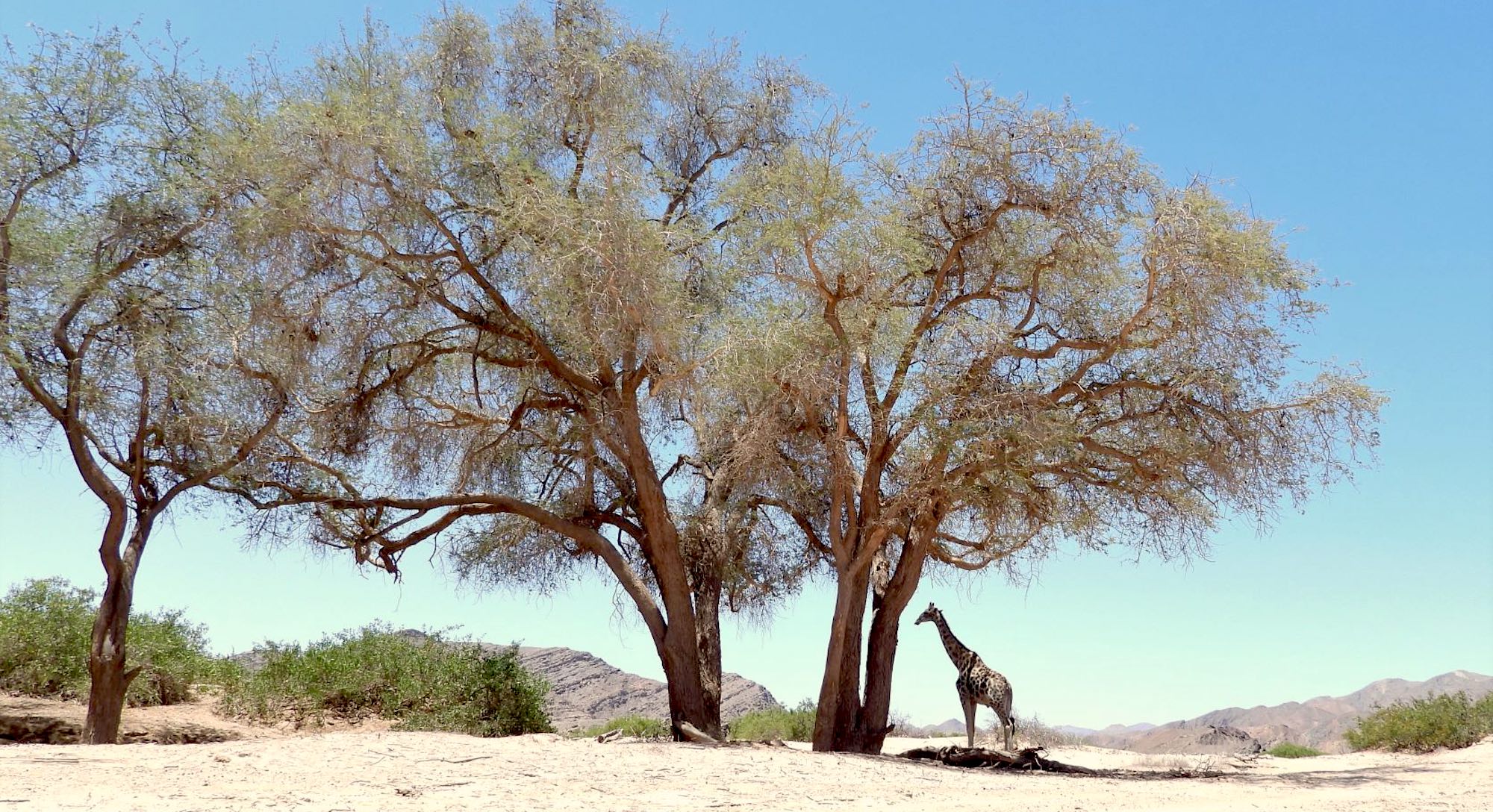
When the GCF’s research began, the first task was to individually identify all the giraffes in the area by their spot patterns. Just like a human fingerprint, each giraffe’s spot pattern is unique. While Julian initially identified 101 giraffe, over the years the population has increased steadily to 430 known individuals today - a huge success for giraffe conservation. In 2019, GCF recorded 1,600 individual giraffe sightings during regular surveys, 36 of which were new calves – a substantial increase from the five new calves recorded in 1999. Even more exciting is the fact that 30% of the original study’s giraffes are still sighted regularly today. As some of these giraffes were already adults at the time they were first recorded in the late 1990s, they are estimated to be over 25 years old now – making them some of the oldest giraffes ever recorded in the wild. Windy, a female giraffe that was first observed as a sub-adult in the Hoanib River in 1999, has just made history by giving birth at an estimated age of 22 years. That makes her the oldest wild giraffe recorded to give birth. Despite her age, she is still healthy and beautiful.
Collecting and recording research data regularly is important for the conservation of giraffes. This includes sex, age, herd size and structure, GPS location, medical or reproductive notes, identification photographs and, when possible, an individual’s DNA sample. Collecting and analysing these data over time can tell us a great deal about the ecology and conservation status of giraffe populations. According to studies from elsewhere in Africa, fewer than 50% of giraffes survive their first year. However, GCF’s data from north-western Namibia shows an impressive calf survival rate of 69%. Which prompts the question: Why are these giraffes thriving despite living in such an arid environment? Low predation rates might have something to do with it, or are the differences perhaps due to different survey techniques or Namibia’s unique conservation model? Questions like these drive the GCF research team.
Not much is known about the giraffe’s social life either. While the current understanding is that giraffe herds regularly divide and re-group (known as fission-fusion) with no particular individual preference for who they spend time with, it is not really known why they do this or if these herd patterns change in different environments. Over the years, it has become clear that herd sizes vary considerably between different river systems in north-western Namibia. While the average herd in the lower Hoanib and Khumib Rivers comprises three giraffes, GCF regularly spots groups of over 20 individuals in the lower Hoarusib River with an average of six per herd. Food availability seems to be the most important factor influencing herd size.
Namibia is a giraffe conservation success story and giraffe numbers are increasing due to successful conservation partnerships between the government, private landowners and communal farmers. Unfortunately, giraffes are in serious trouble in other parts of the continent. Research findings from north-western Namibia help inform GCF’s conservation strategies for other giraffe populations in Africa.
Among the things that are largely unknown about giraffes throughout Africa is their overall distribution, where they move and how they use their habitat. As this information is critical for their conservation, GCF has spearheaded an international partnership with the Smithsonian Conservation Biology Institute and San Diego Zoo Global in the USA, and the Senckenberg Museum in Germany as part of an Africa-wide initiative to answer this question for all different habitats and for all four species of giraffe. The programme, called Twiga Tracker, aims to track a minimum of 250 giraffes across their range with innovative solar-powered GPS satellite trackers, known as ossi-units, which are fitted to the ossicones. Over 125 ossi-units have been deployed so far in eight African countries (Namibia, Chad, DRC, Kenya, Niger, Tanzania, Uganda, Zimbabwe) and preliminary results are proving useful as well as fascinating.
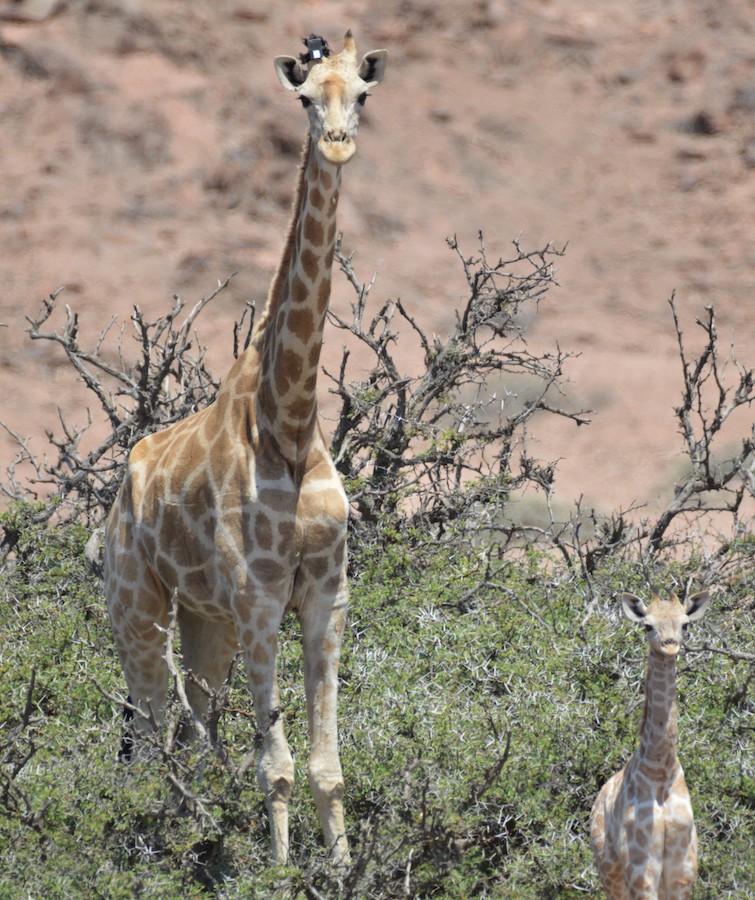
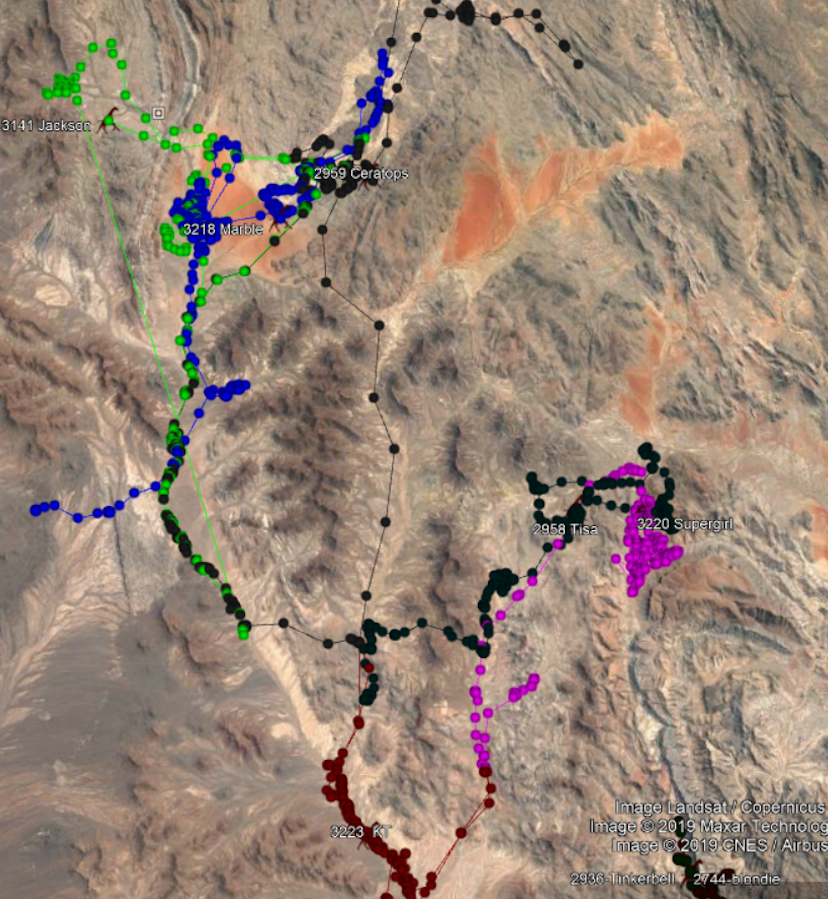
Namibians have a long history with giraffes, as seen in giraffe engravings and rock paintings throughout the country. GCF continues to tell this story by highlighting the importance of giraffes in the ecosystem and showcasing giraffe conservation success stories. Good governance, collaboration and partnerships with different stakeholders will ensure a secure future for giraffes in the country. Let’s all work together to keep Namibia at the centre of giraffe conservation in Africa. To ensure that Namibians, other Africans and the rest of the world can continue to enjoy the sight of graceful giraffe wandering through African savannahs, GCF will continue to collaborate with local and international governments, conservation organisations and people who share the common goal of safeguarding these iconic gentle giants of Africa.
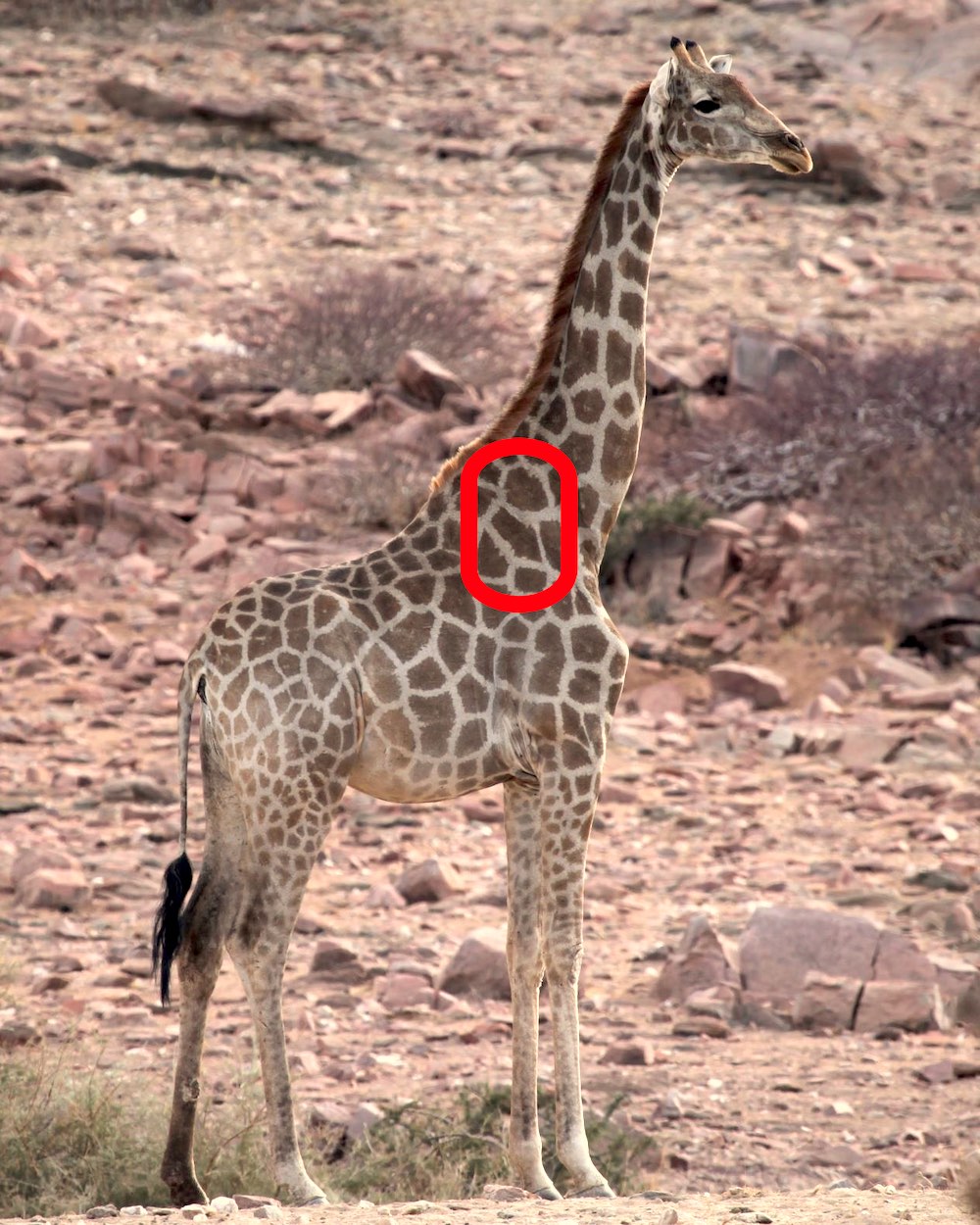
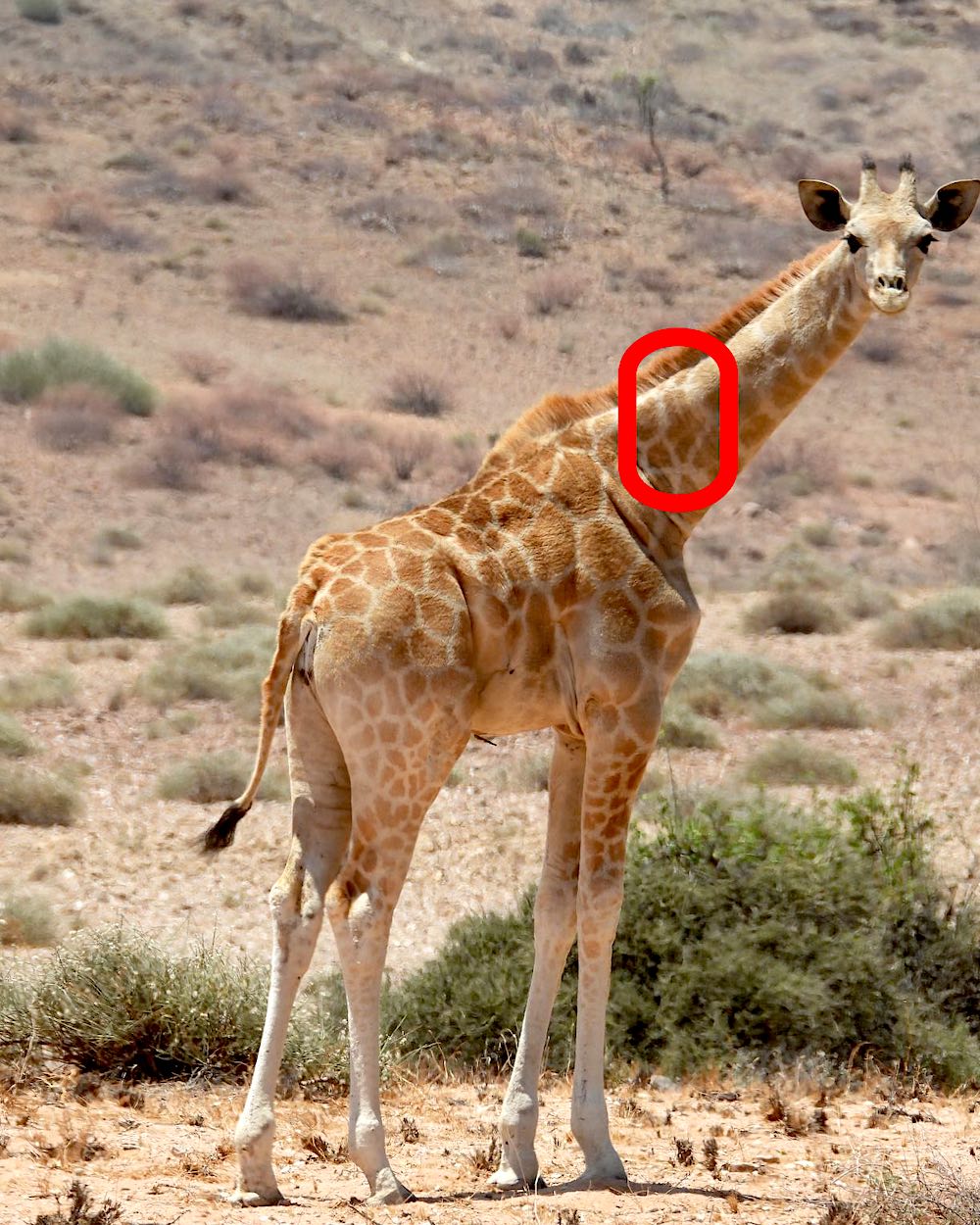
For more information about the
Giraffe Conservation Foundation
visit:
giraffeconservation.org/programmes/nw-namibia
For articles on similar topics, please click one of the following options:
